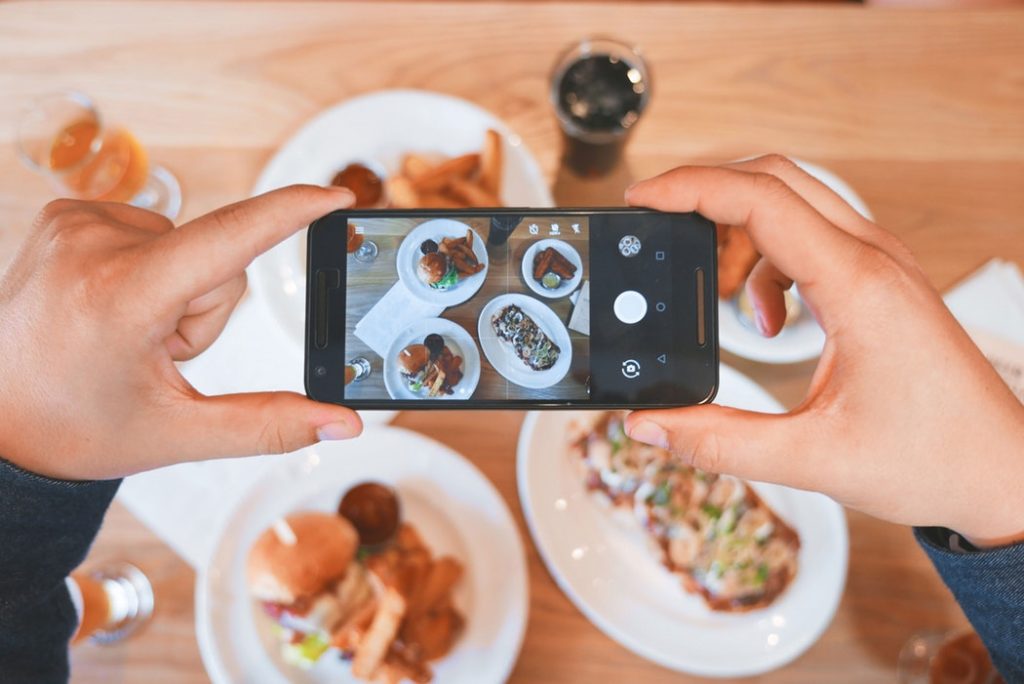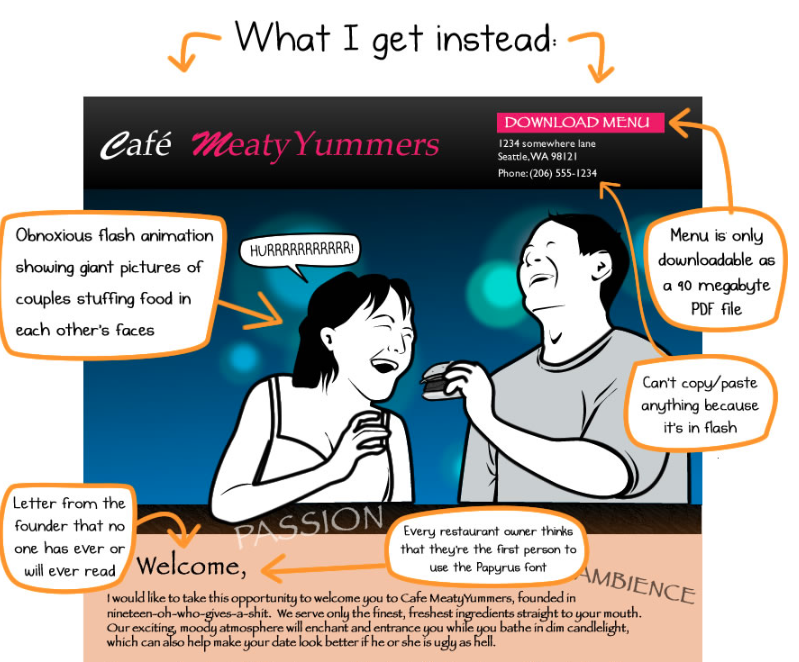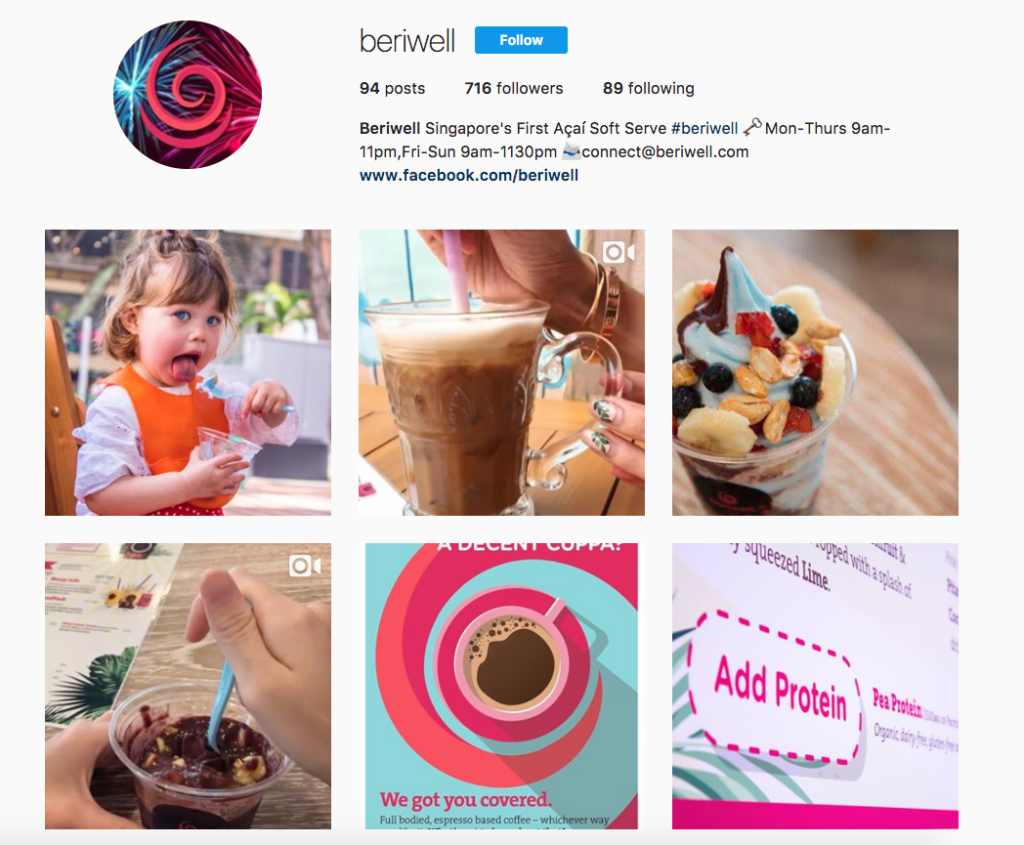Did you know that 86% of consumers use delivery services at least once a month? This amounts to a large number of diners who have switched from going to a restaurant to getting food delivered at home. To turn some of those diners into your customers, you need to bring your restaurant to them online. Here’s why people prefer to order online nowadays and how you can take advantage of this trend to grow your restaurant.
Click to Jump
How Online Food Ordering & Delivery Has Grown Over the Years [Statistics]
One look at recent food ordering and delivery statistics and it’s easy to see that this trend has increased dramatically over the last couple of years. Since 2014, online ordering and delivery has increased by 300%, and 63% of consumers state that ordering food at home is more convenient than going out to eat with their family.
In 2016 in the U.S., the food delivery market was evaluated at approx. 83 billion. We have millennials and Gen Z to thank for that, as 87% of the former and 93% of the latter are satisfied or very satisfied with online delivery services.
Considering the number of people who have (almost) given up going to restaurants in favor of ordering food at home, small restaurant owners have to raise up to the challenge and be where their customers are: online. Before we get into the how of it, let’s look at some of the reasons why diners have flocked online to understand their behavior better.
Why Customers Prefer to Order Food Online
One of the main answers to this question can be summed up in just one word: convenience. Instead of getting dressed up, driving to a restaurant, placing an order, waiting for the food to cook, eating it, and then going back home, ordering online is like the restaurant is coming to you without you having to leave the house or change from your pajamas.

Consumers feed their phone first – why shouldn’t they find food on mobile too?
Other reasons for customers preferring online food ordering and delivery include efficiency, quality, and accuracy, as well as the integrated payment options that make paying for your food extremely easy.
Restaurants that have an efficient, optimized online ordering system can deliver food to their clients in a timely fashion, without hiccups, and ensuring the highest quality.
Why Your Restaurant Needs an Online Presence
If you own a restaurant, especially a small one, you have to make sure it is available online. Why? Because if you don’t, you’re losing out on a large number of customers. In fact, according to the National Restaurant Association, by 2020, restaurants without an online food ordering and delivery system will lose over 70% of their customers.
Putting your restaurant online will not only boost your sales and increase your profit but also drive customer loyalty (especially on social media) and help you create an unforgettable brand for your restaurant.

You know exactly what Chef-Owner Richard Bainbridge is serving up. See more gorgeous restaurant website designs.
Showing customers, particularly younger ones who are always on their phone, that you can keep up with the times will gain their trust and turn them into return customers.
How to Build an Online Presence for Your Restaurant
When coming up with an online marketing strategy for your restaurant, consider the four most important factors: restaurant website, online ordering, social media, and restaurant listing sites.
1. Create a Website for your Restaurant
If you don’t have a restaurant website yet, what are you waiting for? Every business needs a website that tells customers who they are and what they do, and in the case of a restaurant, also takes online orders.
Your restaurant website should be clean, easy-to-follow, and intuitive. Use mouthwatering images of your food to attract customers and make the online ordering button visible on every page. However, don’t overcrowd the website. People usually want to see the menu, know how to get in touch with you, learn about discounts or special offers, and place on order.

The Oatmeal’s scathing take on poor restaurant website design
Also, don’t forget about search engine optimization. For people to find your restaurant on Google, use keywords that are relevant for your restaurant all over your website to get discovered by people searching for that keyword. If you want to take the pressure off yourself, you can invest in a restaurant website builder with SEO and online ordering included.
More Resources:
- Check out 150 Great Examples of Restaurant Website Design for inspiration
- Use our five-step Checklist for Online Presence for brick-and-mortar stores
- Peek at 33 of the Best Restaurant Blogs to see how the pros do it
2. Build an Online Ordering System
Setting up an online food ordering system for your restaurant eliminates most human errors, is much easier to use for the customer, and more profitable for you because you can take orders even while you’re sleeping.
A free online ordering system means you can make more money without spending a cent on implementing the service. Taking advantage of such a service can be as easy as copying and pasting a piece of code onto your restaurant website.
Read more: What are the benefits of online food ordering system for restaurants?
3. Create a Social Media Profile
People spend a lot of time on social media, including when they want to decide where to order food. Use social media for your restaurant to your advantage by uploading delicious photos of your food, posting about promotions and discounts, and interacting with your followers.

Beriwell is a great example of social media for restaurants done right
Every social media platform has its strong suit, so use them accordingly. For instance, on Facebook, videos perform really well, and contests get a lot of engagement.
On Instagram, capitalize on stories, add hashtags to your posts, ask your followers questions, and show off your delicious food.
Twitter is best for directing fans to your restaurant website, tweeting little nuggets of wisdom from the restaurant industry, and forming a bond with other restaurants.
More Resources:
- Learn from the pros: 15 Restaurants doing Social Media Marketing Right
- Use the blueprint of Successful Instagram Accounts for Small Businesses
- Avoid the Most Common Social Media Mistakes Restaurant Owners Make
- Check out 25 Social Media Marketing Facts – like how YouTube/Facebook/Messenger are the top 3 social networks for every age group – from Boomers to Zoomers.
4. Be Listed on Restaurant Listing Sites
When people research restaurants online, they tend to rely on restaurant listing websites like Yelp or TripAdvisor, where people leave reviews and ratings to help other customers out. Here are the most important websites where you need to add your restaurant:
- Google My Business
- Yelp
- TripAdvisor
- Zagat
- 8coupons
- Zomato
- MerchantCircle
- Manta
- Local.com
- Foursquare
5. Continue to Invest in Marketing
Just because you have built an online presence, it does not necessarily mean customers will start coming. The entry barrier to building an online ordering system is much lower than setting up a physical restaurant. This means that your restaurant faces a much higher competition online than it does with its storefront.
Don’t worry – the hard work is already done once you’ve got it all set up. Now it’s just the simpler (but still work) part o fkeeping it going.
Posting to your social media profile or website is simple but helps keep your website fresh and updated. Plus, it helps to build your following so customers can stay engaged and loyal to your brand.
Also, constantly monitor your profiles on platforms like Yelp, Zomato and Google My Business to track and respond to new reviews. This is an opportunity to engage with unhappy customers as well as to encourage prospective customers to try out your offering.
Final Thoughts
As a restaurant owner, you should look at the increase in online food ordering as a good thing. It allows you to take more orders, forge a deeper connection with your customers, and get discovered by more people.
As long as you know how to take advantage of the online space by building a restaurant website, creating social media profiles for your restaurant, and implementing an online ordering system, you’ll be one step ahead of the competition in no time.
Laura-Andreea Voicu is a writer at GloriaFood. She helps restaurant owners grow their business and increase sales with her marketing ideas and tips.


